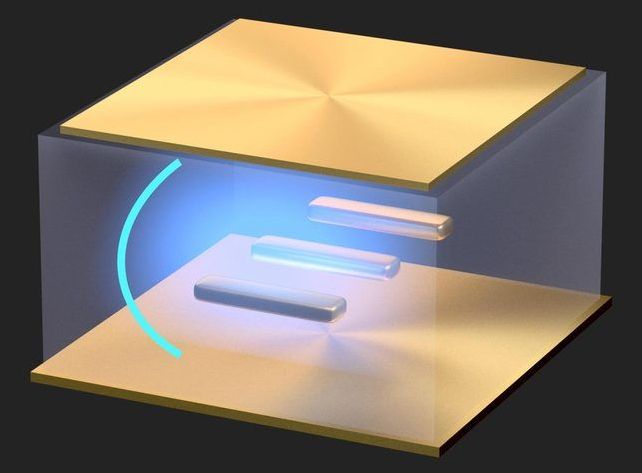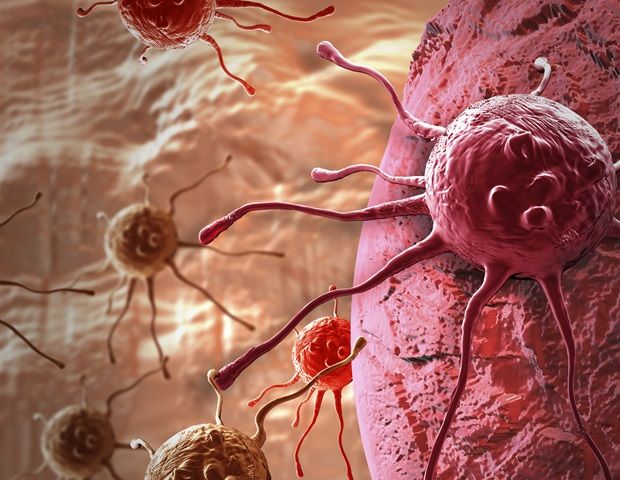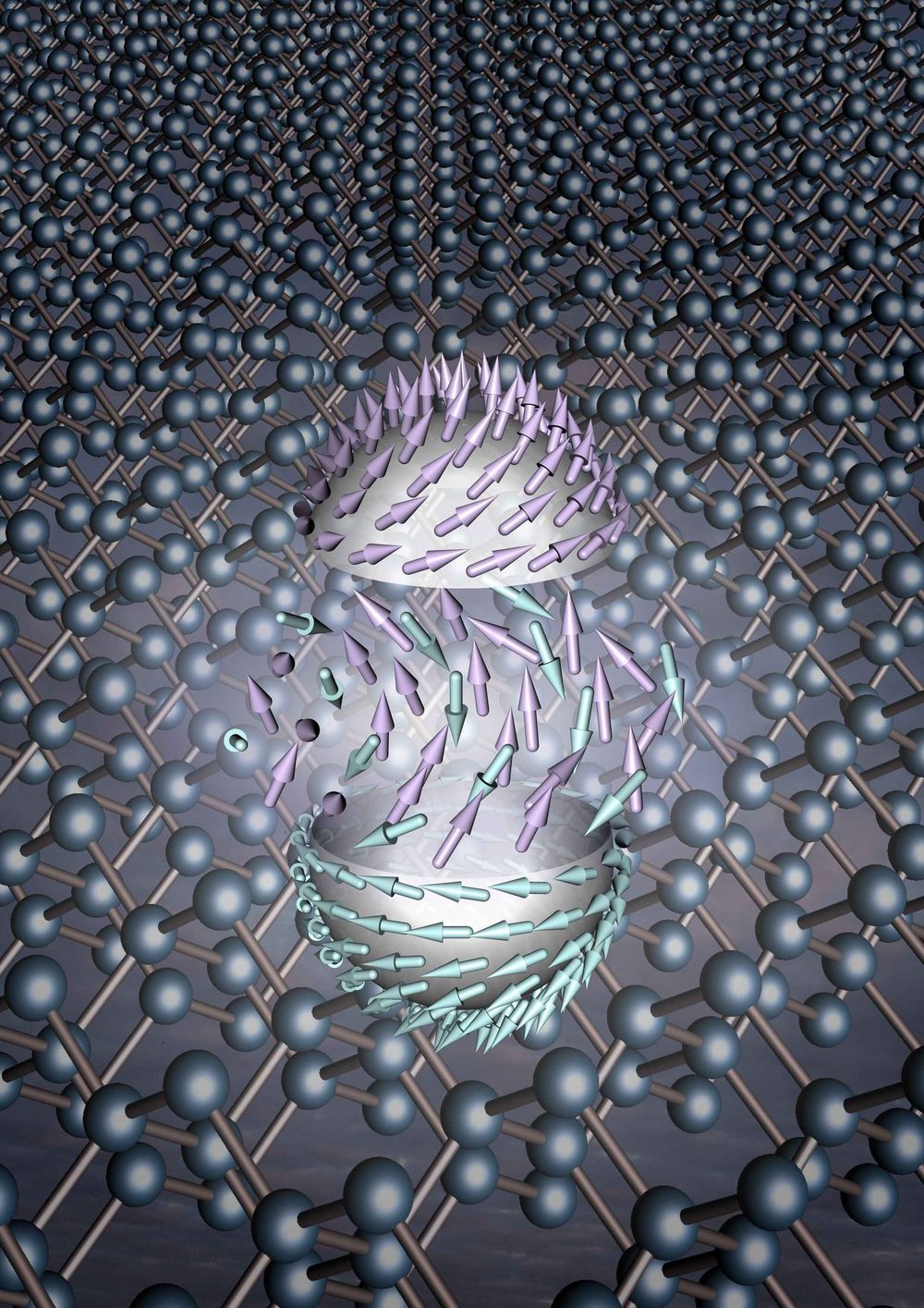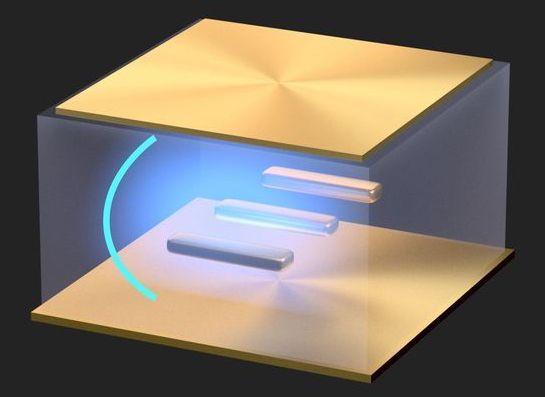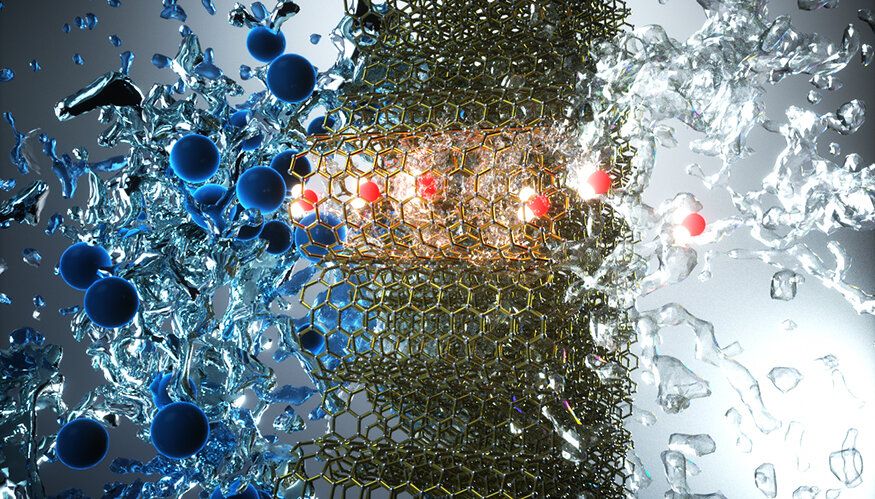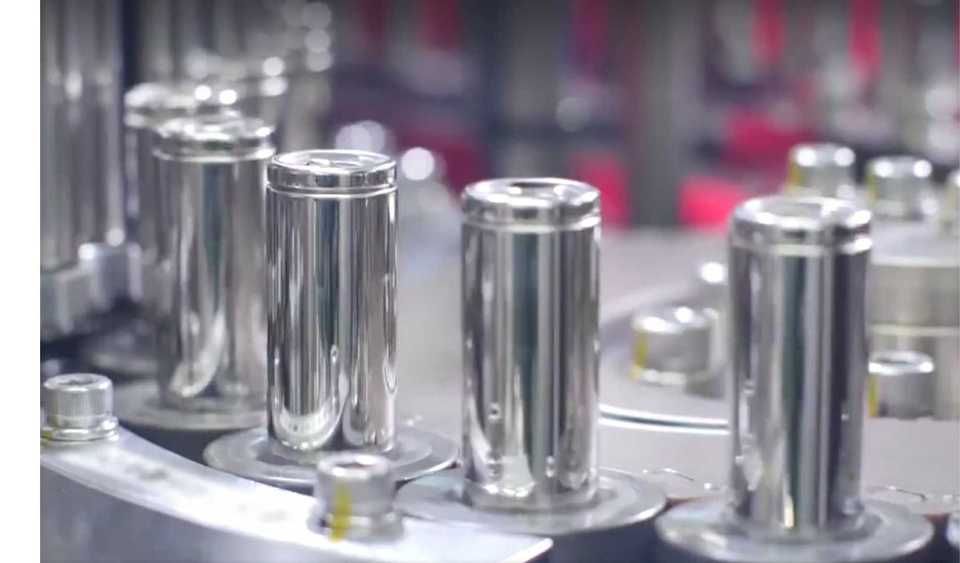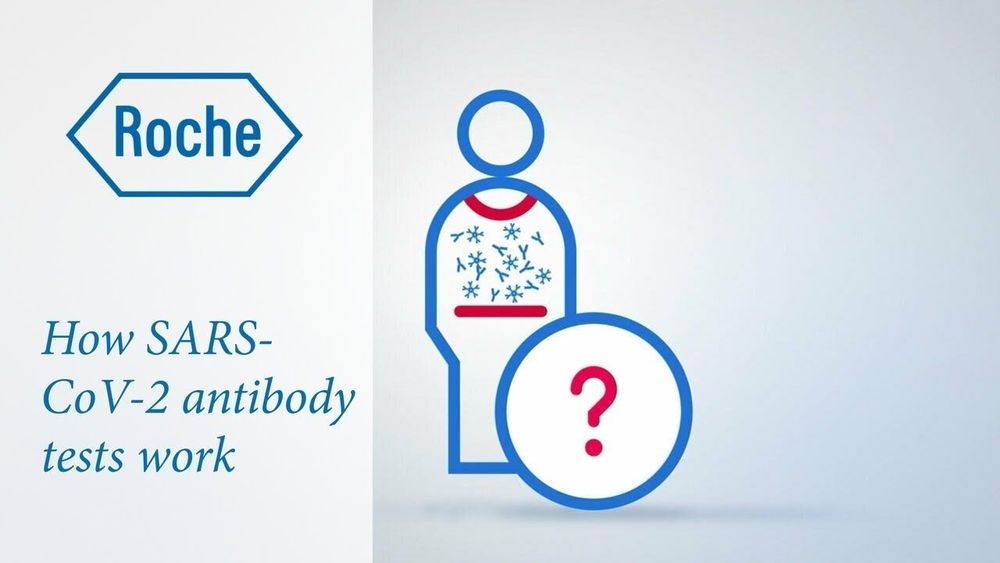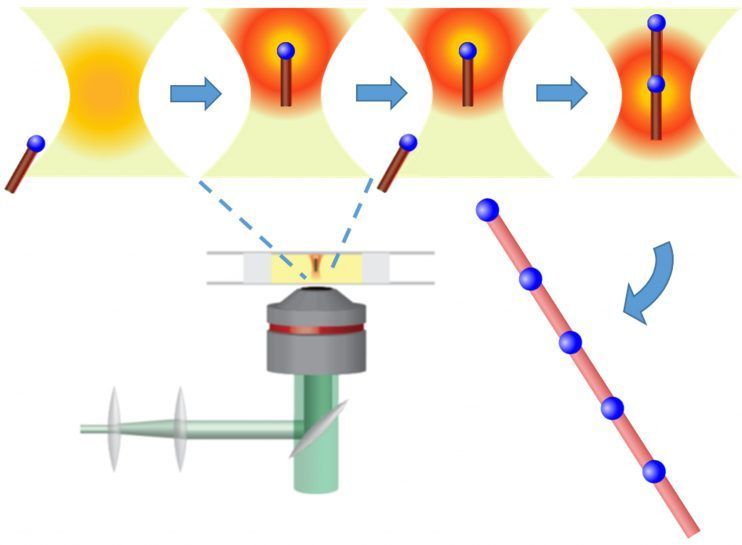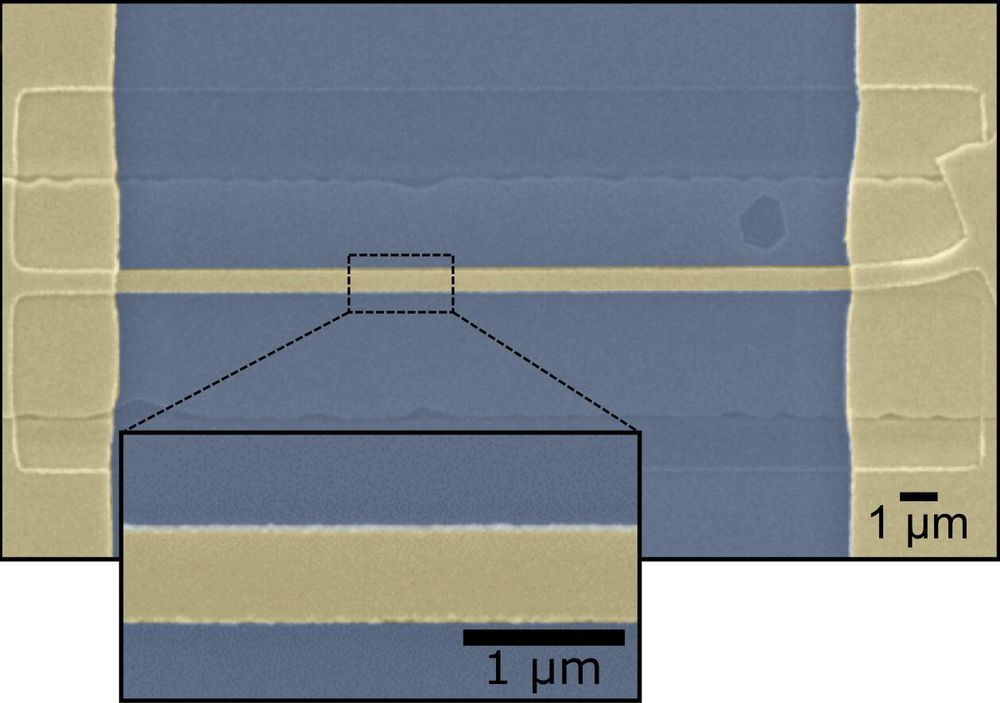Physicists at Chalmers, together with colleagues in Russia and Poland, have managed to achieve ultrastrong coupling between light and matter at room temperature. The discovery is of importance for fundamental research and might pave the way for advances within, for example, light sources, nanomachinery, and quantum technology.
A set of two coupled oscillators is one of the most fundamental and abundant systems in physics. It is a very general toy model that describes a plethora of systems ranging from guitar strings, acoustic resonators, and the physics of children’s swings, to molecules and chemical reactions, from gravitationally bound systems to quantum cavity electrodynamics. The degree of coupling between the two oscillators is an important parameter that mostly determines the behavior of the coupled system. However, the question is rarely asked about the upper limit by which two pendula can couple to each other – and what consequences such coupling can have.
The newly presented results, published in Nature Communications, offer a glimpse into the domain of the so-called ultrastrong coupling, wherein the coupling strength becomes comparable to the resonant frequency of the oscillators. The coupling in this work is realized through interaction between light and electrons in a tiny system consisting of two gold mirrors separated by a small distance and plasmonic gold nanorods. On a surface that is a hundred times smaller than the end of a human hair, the researchers have shown that it is possible to create controllable ultrastrong interaction between light and matter at ambient conditions – that is, at room temperature and atmospheric pressure.
